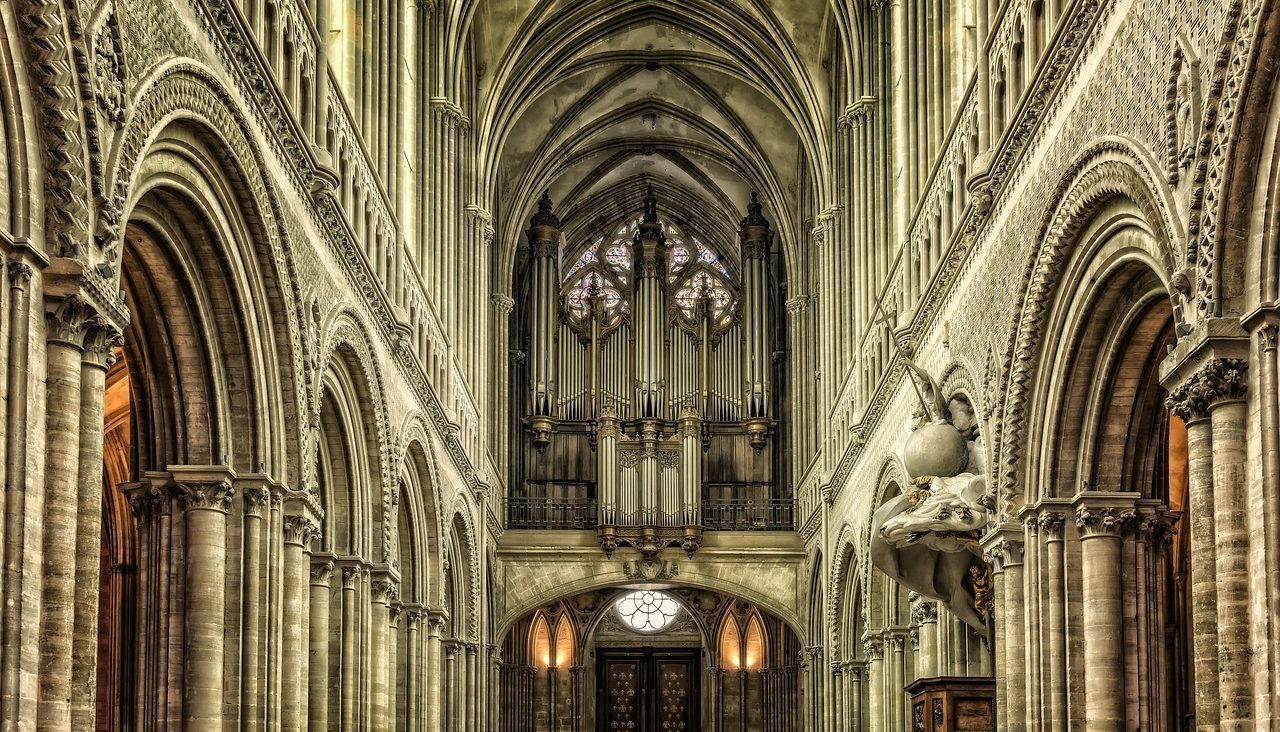The devastating fire at Notre Dame is the latest in a spate of fires that has caused severe destruction to cultural and heritage buildings across the globe.
While Notre Dame is clearly the most high-profile example of a fire damaging our shared cultural heritage, last year we saw the loss of collections within the Museo Nacional in Brazil and the Glasgow School of Art in the UK.
Both caused major damage to hugely valued collections and pieces of heritage.
The fire in Notre Dame again raises the question of whether fire protection measures in historic buildings are sufficient. While the cause of the fire has yet to be determined, refurbishment work was being undertaken and may well have been a contributor to the fire.
Refurbishment work was also ongoing at the time of the fire in 2018 at the Glasgow School of Art. Clearly, there are questions over the controls that were in place for the renovations of these landmarks, and their lack of effectiveness as shown by the extensive damage suffered.
Here are some major lessons from the fire at Notre Dame, as well as the other examples of fires in historic buildings.
#1. Don’t dismiss fire protection
Often these older buildings contain combustible wooden construction and features. The collections they house in themselves may be combustible and could aid a fire in spreading.
Renovations should always include fire protection into the property. Such protection may well be intrusive, but it can help detect, delay or control fire spread.
The approach taken will need to be tailored to the property and should consider what is at stake in terms of the financial and cultural value of the building and its contents.
This should include active fire protection systems such as sprinklers. Such protection should not be summarily dismissed on the grounds of aesthetics or misguided views on their impact on the property.
#2. Automatic sprinklers should be used more in heritage properties
Automatic sprinklers have an excellent track record as a method to control or suppress fires in numerous types of occupancies. A recent study in the UK by the National Fire Chiefs Council placed the reliability and effectiveness in the 90th percentile.
Despite the effectiveness and reliability of this 150-year old fire protection technology, sprinklers can still be a controversial subject. The controversy is not about how a sprinkler performs during a fire, but rather the fear that sprinklers will open in small-fire or non-fire situations causing water damage to the building contents.
This is a common misconception reinforced by Hollywood about sprinkler systems – only sprinkler heads in the immediate vicinity of a fire will operate. Research carried out over 20 years shows that 80% of fires are controlled or extinguished by the operation of fewer than six sprinkler heads. Any water damage suffered is likely to be a fraction of that suffered should a fire be allowed to spread unimpeded.
#3. Control ignition source – especially amid risky hot work
Renovations that include hot work are a major risk. Hot work is any work that involves burning, welding, using fire- or spark-producing tools, or that produces a source of ignition.
Improperly managed welding, soldering or grinding has proven to be a leading cause of loss each year where flying sparks or hot particles can easily fall into contained, often inaccessible spaces, posing a fire threat.
This is especially true with historic properties, where wooden frames, combined with dust and oil that have built up over the course of hundreds of years, pose significant fire risk.
FM Global recommends a strong permit system to control such work. This would include a continuous fire watch during the hot work activity, throughout all break and lunch periods, and for at least one hour following the completion of hot work.
After the one-hour fire watch period, have the hot work area monitored for up to an additional three three hours.
2023 Fire Safety eBook – Grab your free copy!
Download the Fire Safety in 2023 eBook, keeping you up to date with the biggest news and prosecution stories from around the industry. Chapters include important updates such as the Fire Safety (England) Regulations 2022 and an overview of the new British Standard for the digital management of fire safety information.
Plus, we explore the growing risks of lithium-ion battery fires and hear from experts in disability evacuation and social housing.



The planned refurb of the palace of Westminster has been discussed on radio 4 recently. They seem proud that fire patrols have found several fires in the recent period and put them out. Such outcomes should not be chance finds, unless they mean they are a response team to alarm activations, but it was not explained in that way. GSA and Notre Dame are just the latest in a bad decade of heritage fires with the National Trust losing a flagship property in the south and the historic hotel fire in Exeter. The current historic database lists 178 fires this… Read more »